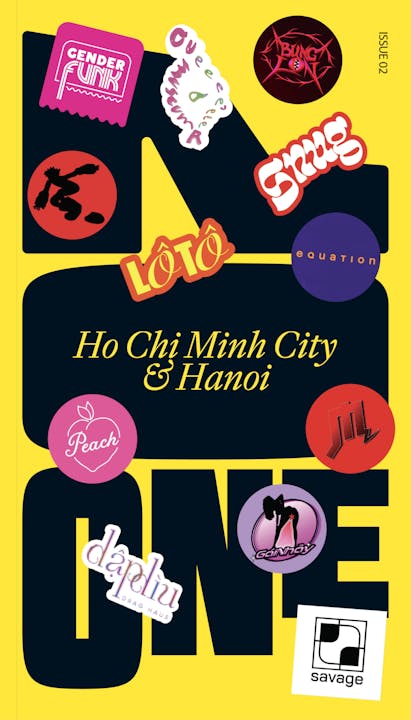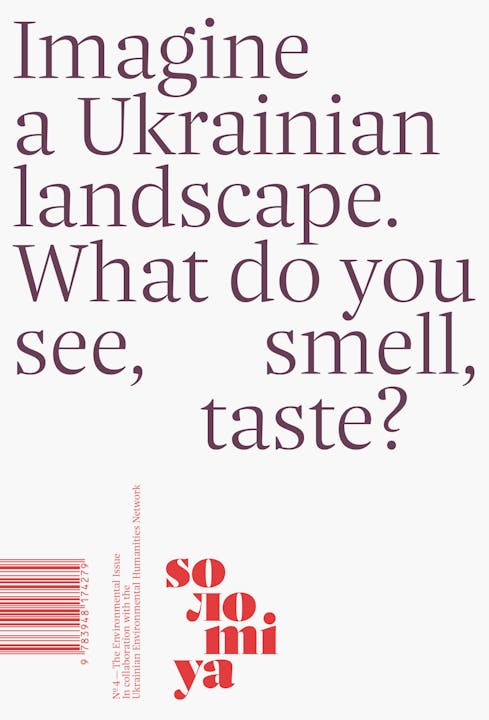Safar issue 5
Delivered to Stack subscribers in
May 2020

Safar is published in Beirut, a city that has been at the centre of popular protests since Lebanon’s October revolution erupted last year, and which has struggled like many other capitals in adapting to the restrictions imposed by coronavirus. This is a difficult but necessary time for them to publish their fifth issue, as reflected by the brief but powerful foreword on page five: “Pandemics, policy, and economics try to dampen the fact that we have a voice, and yes, it will be heard.”
The cover story this time around is an interview with Tsigereda Brihanu and Mekdes Yilma, two Ethiopian women who share their first-hand experiences of living under ‘Kafala’, the sponsorship system used to exploit many vulnerable migrant workers in Lebanon. There has been lots written about the inequities faced by economic migrants around the world, but these women’s stories feel fresh, thanks in large part to the way they are presented: Mekdes is defiant on the English cover and Tsigereda laughs from the Arabic cover (the whole magazine runs front to back in English, and ‘back to front’ in Arabic) and both women speak with the assurance and composure of people who have found a way to help themselves and others. Seen in this context it’s no surprise that they are the stars of this magazine – a pair of domestic workers who have fought to establish their rights and empower others, they are a perfect example of making sure your voice is heard against the odds.
Name
Maya Moumne and Hatem Imam.
Job title
Editors-in-Chief, Co-founders.
What is Safar?
Safar is an independent design and visual culture magazine based in Beirut, Lebanon. Published biannually and bilingually (Arabic-English), Safar curates contributions from designers, thinkers, and artists around a chosen theme. Safar—the Arabic word for travel—refers to notions of communication, especially across cultural and linguistic boundaries. The magazine’s primary goal is to recognize Graphic Design as an active player in cultural production and to shift the conversation on design and visual culture away from its fixation on the global North.
What makes it different to the rest?
Safar is perhaps most obviously and immediately “different” from other magazines because it is published bilingually in Arabic and English. Anyone picking up a copy will be immediately faced with bilingualism not only as a formal design question—those reading in Arabic will read it from right to left while those reading in English from left to right—but also as conceptual and political framework. The magazine is also unique in its focus; while many publications and academic journals on the subject proliferate internationally, very few exist in the Arab speaking world. This is evident in the very language used to discuss (and teach) design and visual culture; many terms and technical words have not yet been coined in Arabic, and so Safar actually finds, invents, and implements language for these terms. In this way, Safar’s publication in Arabic is innovative and significant for both the field and the language.
Who makes Safar?
The Safar team includes editors-in-chief and creative directors Maya Moumne and Hatem Imam, both graphic designers by trade; art directors and graphic designers Lynne Zakhour, Siwar Kraytem, and Ayla Kekhia; business manager Ali Abdallah—all of whom are also the team of Studio Safar, the Beirut-based design firm that publishes the magazine; as well as managing editor Sharon Grosso; and editorial board members Tala Safié, Hussein Nassereddine, and Edwin Nasr.
Who reads it?
Graphic designers; aspiring graphic designers; any designers; architects; photographers; artists; illustrators; writers; researchers; indie magazine lovers; people interested in the history of design; those just interested in art and culture, specifically art and culture of Western Asia and North Africa; Arabic language readers and learners.
Why do you work in magazines?
Print magazines allow us to work together as a team to combine voices from many different fields and places and experiences into one beautiful, physical object which we hope readers will keep, cherish, and come back to. While so much is available online these days and forgotten instantly, we like that print magazines are more permanent, more present. Additionally, Safar aims specifically to document and share the visual culture and graphic design of the region. With that, printing and then distributing copies of this documentation all over the world in real, tangible, physical form is significant and powerful.
Aside from the print magazine, what else are you involved in?
Safar is actually published by Studio Safar, a graphic design studio based in Beirut, Lebanon. Studio Safar’s projects span different media and design frameworks such as publications, visual identities, exhibitions and sets, packaging, album artwork, and communication strategies. The studio’s work draws on a number of artistic and cultural influences and inspirations, and research is central to its design process. Studio Safar often works and collaborates with a network of different creatives from a wide array of different fields including film, literature, music, illustration, fashion, and photography. In addition to the magazine, members of the Safar team have also (co-)started a number of other projects, including Annihaya records and Samandal comics, which continue to contribute to the Lebanese cultural scene.
What would you change about Safar if you could?
We are always working to smooth out distribution and shipping challenges—we’d love to get rid of those. For example, this latest issue, Migrations, was printed in London instead of Beirut for the first time. While we would like to print in Beirut and support the local printers, the shipping costs from Beirut to Europe have been exorbitant for previous issues, so we decided to try printing in London instead. It has worked out pretty well so far, but nobody in
Beirut—not even our team—has actually held a copy of the magazine yet because of the ongoing global health crisis, shipping delays, and shipping costs. We hope to change that pretty soon. We are also eager to activate other
platforms—more on this in the next answer.
Where do you see Safar in five years?
Though the printed magazine is the nucleus around which all our activities revolve, we are also interested in being active on other platforms, namely through live events and online. So far, we have coupled every issue’s release with a gathering. The most ambitious release to date was Issue 4’s event for which we invited Paul Holdengräber, from Live at the New York Public Library, to conduct live conversations—and intermittent games of ping pong—with Khatt Foundation’s Huda Smitshuijzen, Lebanese drag queen Anya Kneez, and Egyptian designer and historian Haytham Nawar. We are working to create symposia, workshops, exhibitions and concerts down the line. On the other hand, we have a lot of ideas for video and audio content, so Safar’s digital platforms will be activated for the aim of hosting those (as opposed to simply mirroring the content of the print magazine).
Delivered recently by Stack
A different independent magazine delivered every month from £12. Sign up today and discover a new world of reading outside the mainstream...
Subscribe to Stack now See 17 years of magazines








